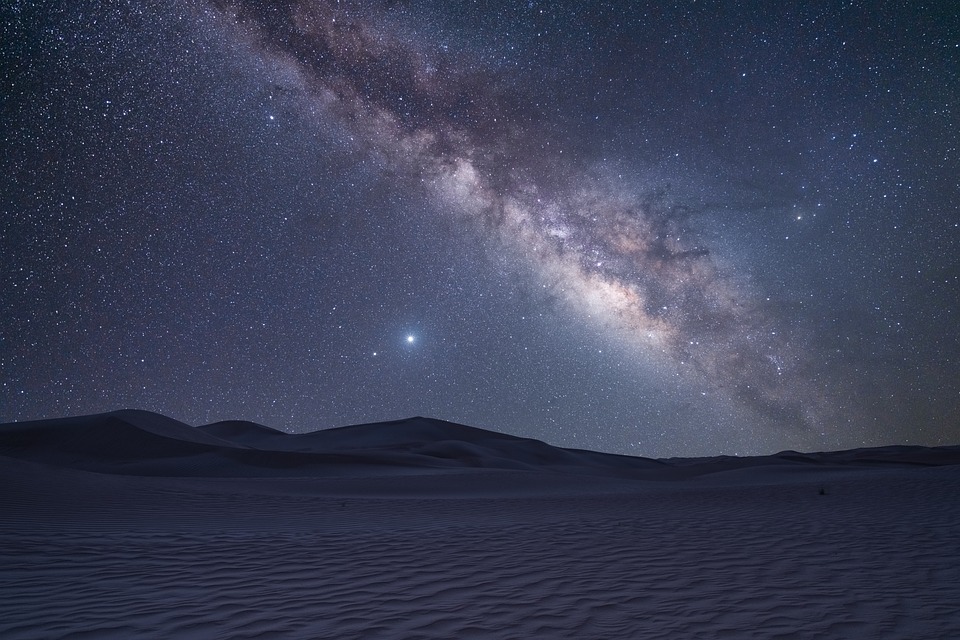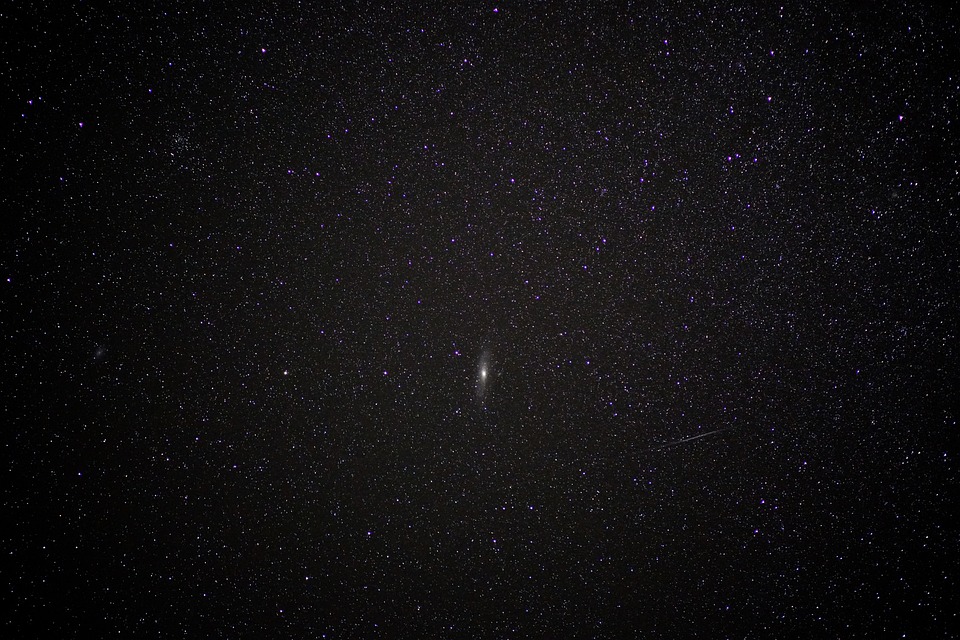Stars in the sky are massive. They are luminous balls of gas that emit light and heat due to nuclear reactions occurring in their cores.
Stars in the sky come in different sizes and colors depending on their mass and age. The smallest stars, known as red dwarfs, are only a fraction of the size of the sun. The largest stars known as super giants can be hundreds of times larger.
The brightness of a star is measured in terms of its apparent magnitude, with brighter stars having a lower number. The brightest star in the night sky is Sirius, which has an apparent magnitude of -1.46.
Stars are classified using the spectral classification system. It is based on the star’s temperature and the elements present in its atmosphere. The spectral types range from O (hottest and most massive) to M (coolest and least massive).
Stars are constantly moving through the galaxy due to the gravitational forces between them and other celestial objects. The motion of stars can be measured using the Doppler shift, which measures changes in the wavelength of their light.
Some stars are part of binary or multiple-star systems, where two or more stars orbit around a common center of mass. These systems can range from close binaries to wide binaries. They can have a significant impact on the evolution of the stars involved.
Stars can end their lives in a variety of ways, depending on their mass. Low-mass stars, like the sun, will eventually evolve into red giants before shedding their outer layers and becoming white dwarfs. High-mass stars, on the other hand, may end their lives as supernovae or even black holes.
The study of stars and their properties is astrophysics. It has played a crucial role in our understanding of the universe and its evolution over time.
Stars are primarily the mix-up of hydrogen and helium, which are the two lightest elements in the periodic table. About 74% of the mass of the universe is hydrogen, and another 24% is helium. These elements are formed during the Big Bang, the event that created the universe about 13.8 billion years ago.

Composition
In addition to hydrogen and helium, stars also contain small amounts of heavier elements. To illustrate, carbon, nitrogen, and oxygen, are formed through nuclear reactions within the stars themselves. These heavier elements link. The hydrogen and helium atoms are fused under the extreme temperatures and pressures present in a star’s core.
The exact composition of a star depends on its mass, age, and stage of evolution. For example, younger stars are likely to have higher levels of heavier elements. They have had more time to create them through nuclear fusion. Similarly, more massive stars will have higher core temperatures and pressures. This allows them to fuse heavier elements than less massive stars.
Overall, the composition of stars is a complex and fascinating subject of study. It has helped us to better understand the origins of the universe and the processes that govern its evolution.
The total number of stars in the universe is difficult to determine with precision. It is a constantly changing number that is influenced by a variety of factors. This includes the rate of star formation, the number of stars that die each year, and the rate at which stars are born and destroyed in galaxies.
Furthermore, estimates suggest that there are around 100 billion to 400 billion stars in our Milky Way galaxy alone. And since there are around 100 billion galaxies in the observable universe. This suggests that there could be as many as 10^22 stars in the universe or 10 sextillion stars!
It’s worth noting, however, that these estimates are based on various assumptions and models. The true number of stars in the universe may be higher or lower than these estimates suggest. Nonetheless, the number of stars in the universe is vast beyond human comprehension.
The word “star” comes from the Old English word “steorra”, which means “star” or “starlight”. The word describes celestial objects that emit light for thousands of years. The concept of stars has been central to many cultures throughout human history.
In ancient times, stars were often used for navigation. Moreover, their positions in the sky aid to determine direction and time. They also connect with deities and myths. In addition, believed to have mystical and spiritual significance.
The word “star” describes any massive, luminous ball of gas. Stars emit light and heat due to nuclear reactions occurring in their core. The term is commonly used by astronomers and astrophysicists to describe a wide range of celestial objects, from individual stars to star clusters, galaxies, and quasars.
Overall, the term “star” is a simple and effective way to describe these fascinating objects, and its use reflects the important role that stars have played in human culture and scientific understanding of the universe.

Stars in the sky – Verses
Of all the things that grace the sky,
None quite compares to stars up high.
They twinkle bright, they shimmer true,
And fill our nights with wondrous hue.
In ancient times, they guided men,
Across the oceans, to and fro again.
The stars above, a map divine,
A path to follow, a way to find.
But stars are more than just a guide,
A symbol of hope, a source of pride.
They represent the best in us,
Our inner light, our spirit’s trust.
For just like stars, we shine our light,
Through the darkest days and loneliest nights.
We lift each other, we share our glow,
And guide each other home, no matter where we go.
So let us cherish stars up high,
And all the magic they imply.
For they remind us of our worth,
And all the wonders of this earth.

Stars in the sky – Conclusion
In conclusion, stars are a captivating and awe-inspiring aspect of the universe, shining their light upon us and reminding us of the infinite possibilities that exist beyond our world. Whether guiding us on a journey or inspiring us with their brilliance, stars are a testament to the power and beauty of the cosmos and a reminder of our place within it.
